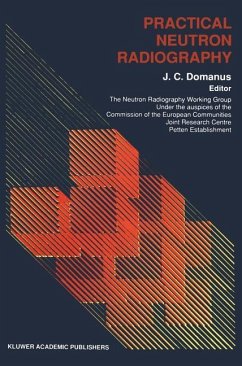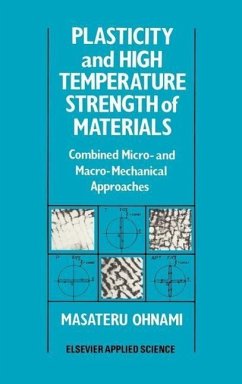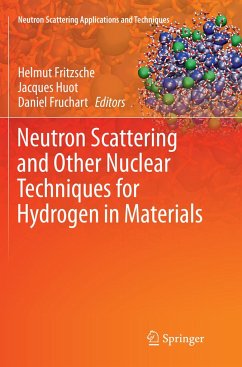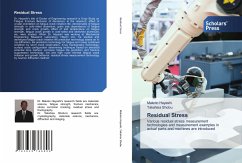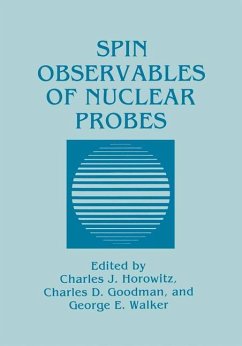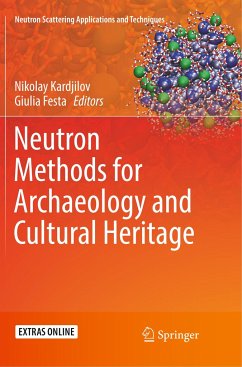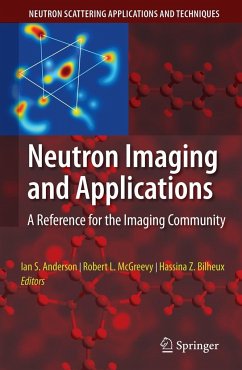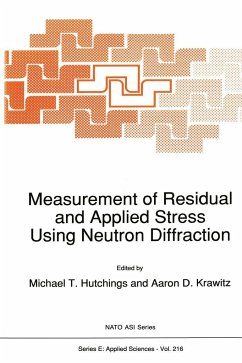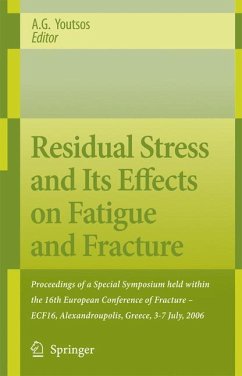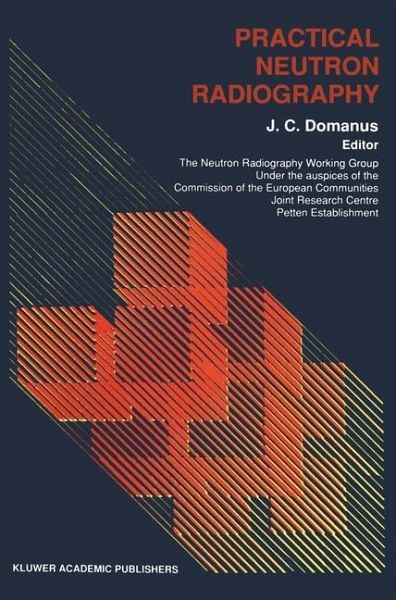
Practical Neutron Radiography
Versandkostenfrei!
Versandfertig in 6-10 Tagen
151,99 €
inkl. MwSt.

PAYBACK Punkte
76 °P sammeln!
TIlls book is the result of an effort made by several members of the Euratom Neutron Radiography Working Group (NRWG) to produce a new, revised and enlarged edition of the Neutron Radiography Handbooldlj (NRH), written by members of the NRWG and published in 1981, just before the First World Conference on Neutron Radiography (WCNR) (1981). Members of the NRWG have contributed with many papers both to the first (1981)[2), as well as the second (1986)[3) and third (1989) [4) World Conference on Neutron Radiography (WCNR). They were also among the editors of the proceedings of those conferences (...
TIlls book is the result of an effort made by several members of the Euratom Neutron Radiography Working Group (NRWG) to produce a new, revised and enlarged edition of the Neutron Radiography Handbooldlj (NRH), written by members of the NRWG and published in 1981, just before the First World Conference on Neutron Radiography (WCNR) (1981). Members of the NRWG have contributed with many papers both to the first (1981)[2), as well as the second (1986)[3) and third (1989) [4) World Conference on Neutron Radiography (WCNR). They were also among the editors of the proceedings of those conferences (1982, 1987, 1990). The NRWG was constituted mainly for the purpose of promoting neutron radiography (NR) in the field of nuclear reactor fuel. Therefore the next topical publication of the NRWG were Reference Neutron Radiographs of Nuclear Reactor Fuel (1984)[5). The book on Collimators for y Thermal Neutron Radiograph 6/ written in 1987 by a member of the NRWG was another publication in thesame series of books on NR. To the same series belongs the present book on Practical Neutron Radiography (PNR). It will be followed soon by another book written by the members of the NRWG: Neutron Radiography on Nitrocellulose Filmf71. The NRWG concentrated its interest in the past years on the problem of dimensional measurements from neutron radiographs. The results of the investigation of this problem were summarized in a special EUR report about the Neutron Radiography Working Group Test Program[8/ published in 1989.





